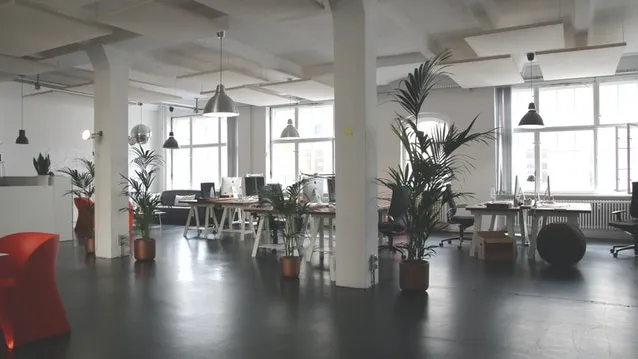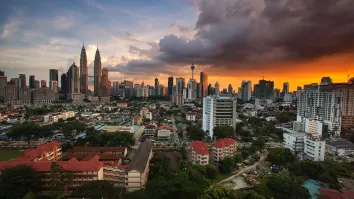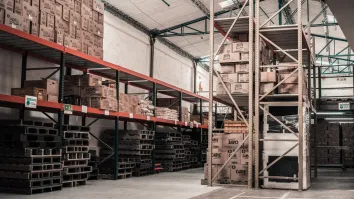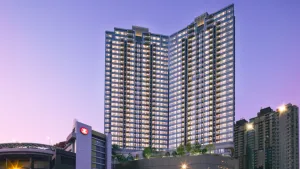
Seoul prime office segment’s demand and vacancy dynamics revealed
Annual prime office supply averaged 190,000sqm over the past 10 years.
According to a Savills report, Seoul’s prime office vacancy rate, which stood above 10% before 2020, swiftly declined in 2021 due to limited supply and robust demand, dropping to approximately 2% by the end of 2022.
Over the past 10 years (2014-2023), the average annual supply of new prime offices has “been approximately 190,000 sq m, while the average net absorption has been about 230,000 sq m. This indicates a market characterised by high demand relative to supply,” the report said.
Here’s more from Savills:
Notably, strong leasing demand over the past two years since 2021 has contributed to the decline in prime office vacancy rate. In contrast, net absorption for prime offices in 2023 is estimated at 20,000 sq m, marking a notable decline from the 450,000 to 490,000 sq m recorded in 2021-2022. This decline is particularly significant, considering the vacancy rate of around 3%, which resulted in minimal space available for occupancy and limited tenant mobility.
New take-up in prime offices by type was analysed across three distinct periods: PreCOVID-19(2018-2019), COVID-19(2020-2021) and Post-COVID-19(2022-2023). During the COVID-19 period, there was a notable increase in upgrade demand from Secondary to Prime offices, followed by a slight decrease in 2023. Conversely, the proportion of Prime to Prime relocations and Expansions exhibited a fluctuating trend throughout 2023. Also, among tenants that expanded space during 2023, 67% were either existing anchor tenants or top 50 major conglomerate subsidiary companies.
In 2023, while varying by district, over half of new vacancies were from downsizing and relocating to Secondary offices. Particularly in YBD, where rents surged the most, 90% of the new vacancies were downgrade, highlighting tenants’ reactions to rising rental expenses.
In summary, the space vacated due to downgrades in 2023 was primarily filled by Prime to Prime relocations and expansions by existing tenants. The effect of smaller occupiers returning space due to higher rents was mostly offset by expansion of large tenants such as financial institutions and major conglomerates. This trend indicates a reduction in the diversity of tenants occupying prime office space.
Despite the robust leasing demand observed since 2020 across diverse industries, encompassing IT/E-Commerce, Healthcare, and Finance, such as small and medium-sized asset managers, there are emerging signs of lease termination requests. This suggests that the substantial increase in rents is becoming burden some for tenants.



















 Advertise
Advertise




